-
Welcome to Tacoma World!
You are currently viewing as a guest! To get full-access, you need to register for a FREE account.
As a registered member, you’ll be able to:- Participate in all Tacoma discussion topics
- Communicate privately with other Tacoma owners from around the world
- Post your own photos in our Members Gallery
- Access all special features of the site
Sirius Receiver & Antenna Install
Discussion in 'Audio & Video' started by alanmeyer, Mar 15, 2013.


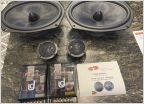 MGMDesertTaco's audio build
MGMDesertTaco's audio build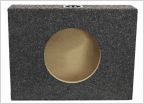 1st Gen DC audio setup!
1st Gen DC audio setup!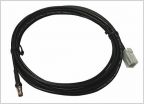 Sirrius FM direct adapter hookup?
Sirrius FM direct adapter hookup?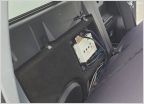 $2k and no new head unit. Damn it gets expensive FAST.
$2k and no new head unit. Damn it gets expensive FAST.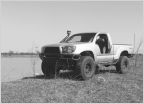 Speaker gurus needed!!
Speaker gurus needed!!










































































